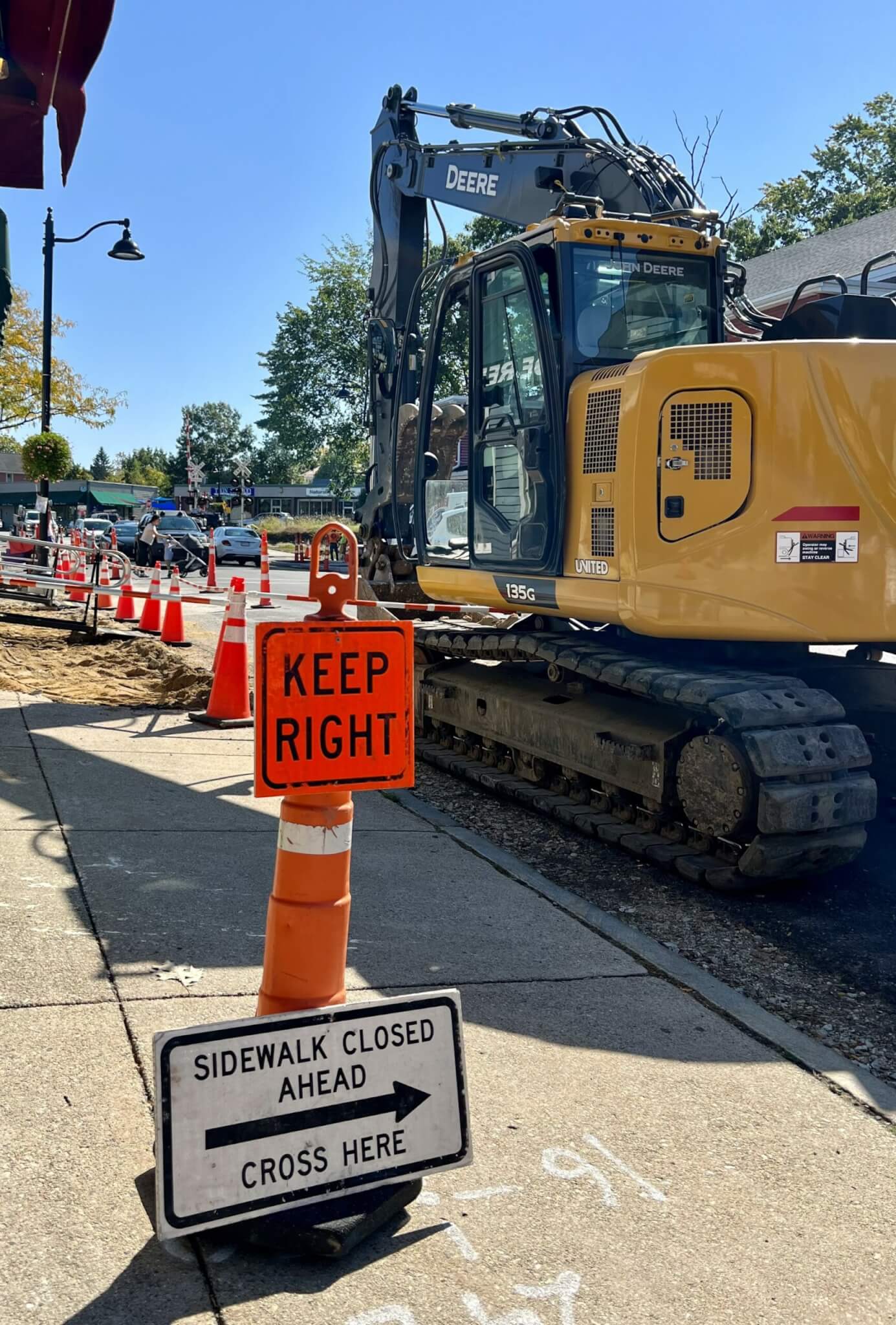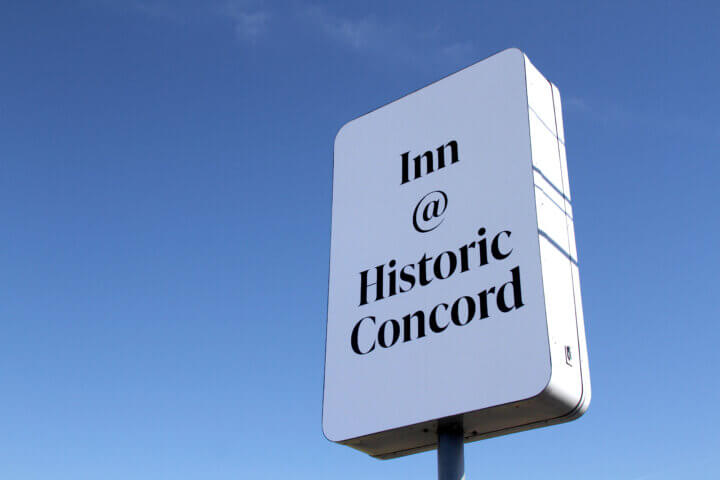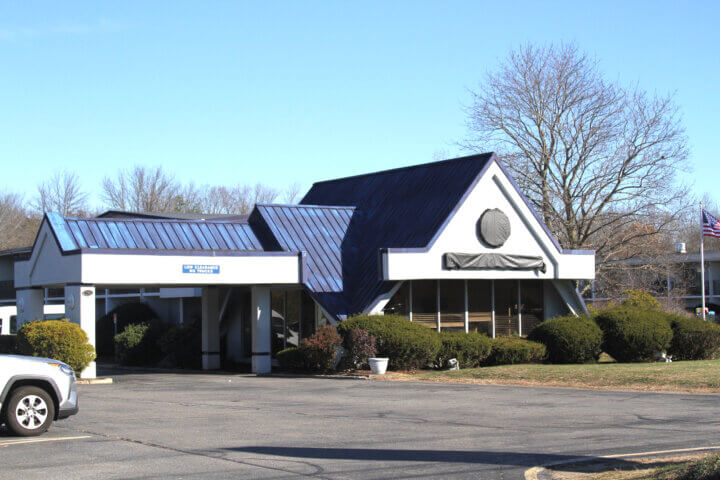Next stop: Your chance to weigh in on the future of how Concord gets from here to there.
“We are just at the beginning of the process for creating a Comprehensive Transportation and Mobility Study for the town and kicking it off with an open house-style public forum,” says town Senior Planner Erin Stevens.
The October 17 workshop runs from 6:30 to 8:30 p.m. at the Harvey Wheeler Community Center, 1276 Main Street, and drop-ins are welcome.
“Come and speak with our consultants from Stantec, members of the Transportation Advisory Committee, [and] town staff and provide your thoughts and feedback through poster boards,” Stevens urges.
How people get around Concord is getting a thorough going-over, with scrutiny of every street, sidewalk, bike lane and path. The study will identify transportation improvements, set a framework to guide future investments and develop Concord design standards and policies.
It’s something Concord has been thinking about for a long time.
As residents, workers and visitors may well know, getting to Concord, particularly by MBTA Commuter Rail, isn’t necessarily hard. Getting around the entire town once here may be a different story, particularly if you don’t have — or can’t reliably access or use — a car or bike.
The “Envision Concord — Bridge to 2030” plan came out in 2018. Some of the top takeaways from that report included:
- Working on reducing commuter through-traffic, particularly near village centers;
- Creating safe walking and biking connections between different heavily-used paths and trails;
- Exploring shared or on-demand vehicle options, especially for non-drivers;
- Looking into better parking options and considering transit alternatives like shuttles to ease parking pressure on village centers; and
- Reducing carbon emissions.
Some of the notable trends in the Envision Concord report may shape the town’s transportation and mobility plans.
For example, at the time of the study, the town’s employers relied heavily on workers who resided elsewhere, because “while Concord’s population is highly educated, the skills are not well-matched with Concord-based employers.” Meanwhile, traffic on major roads was growing “due in part to increased use of navigational tools by commuters.”
The report also forecasted growing demand for parking in village centers, and left open the question of how transportation could be affected by autonomous or self-driving vehicles.
These changes and others are coming against the backdrop of an aging Concord population with its own unique needs.
The next step in the process, per Stevens, “will be a survey where the community can give us more information on their current transportation options and where improvements may need to be made.”
Community engagement will continue over the next year. After the initial period of information gathering, “Later engagement opportunities will become more detailed and specific as we move along in the process and develop the study in more detail,” she says.
“The more the Concord community participates, the better and more representative the study will be of the needs of all of Concord,” Stevens says, encouraging Concordians to keep up with more ways to get involved via the town website at concordma.gov/transitstudy.






